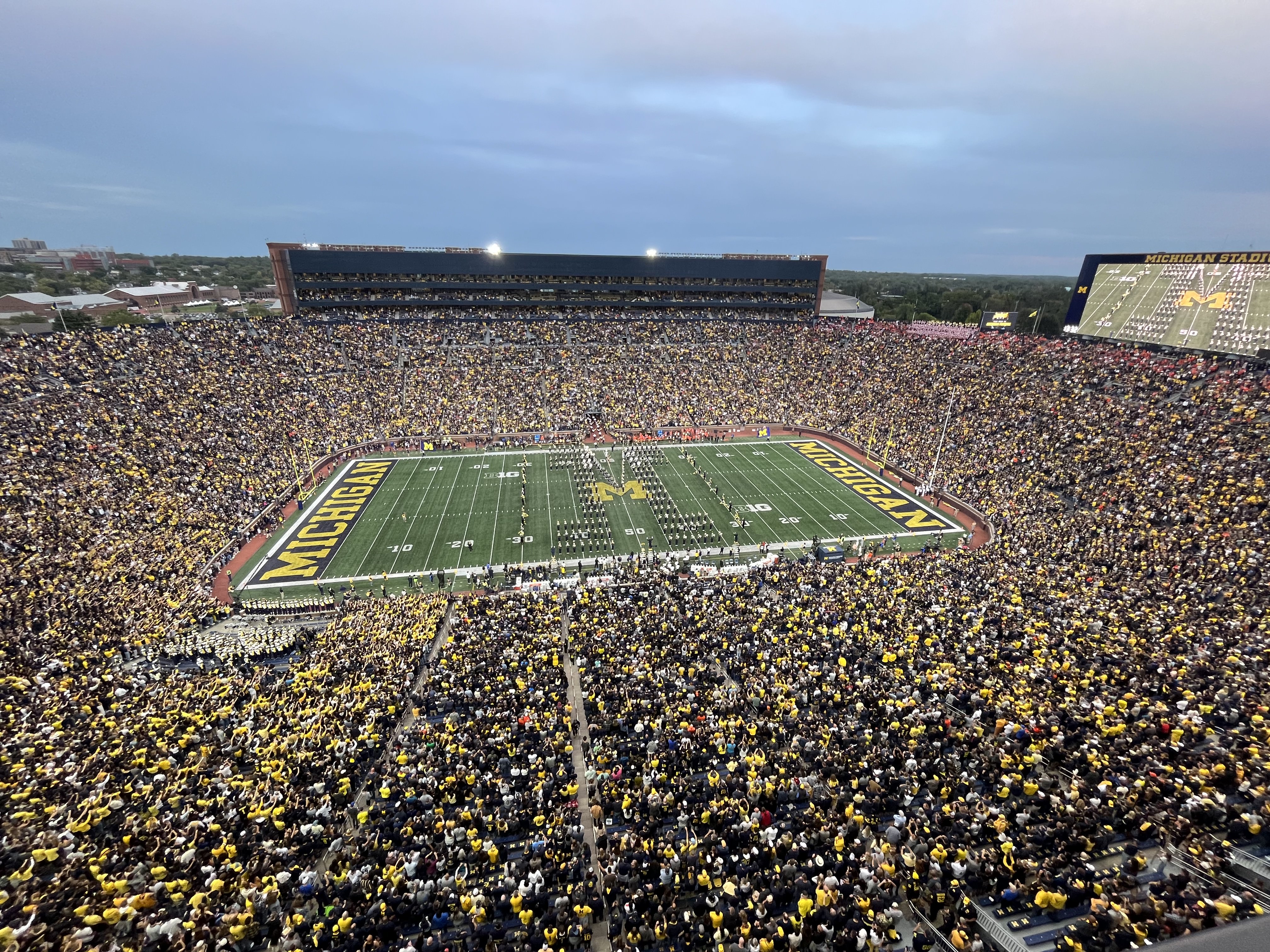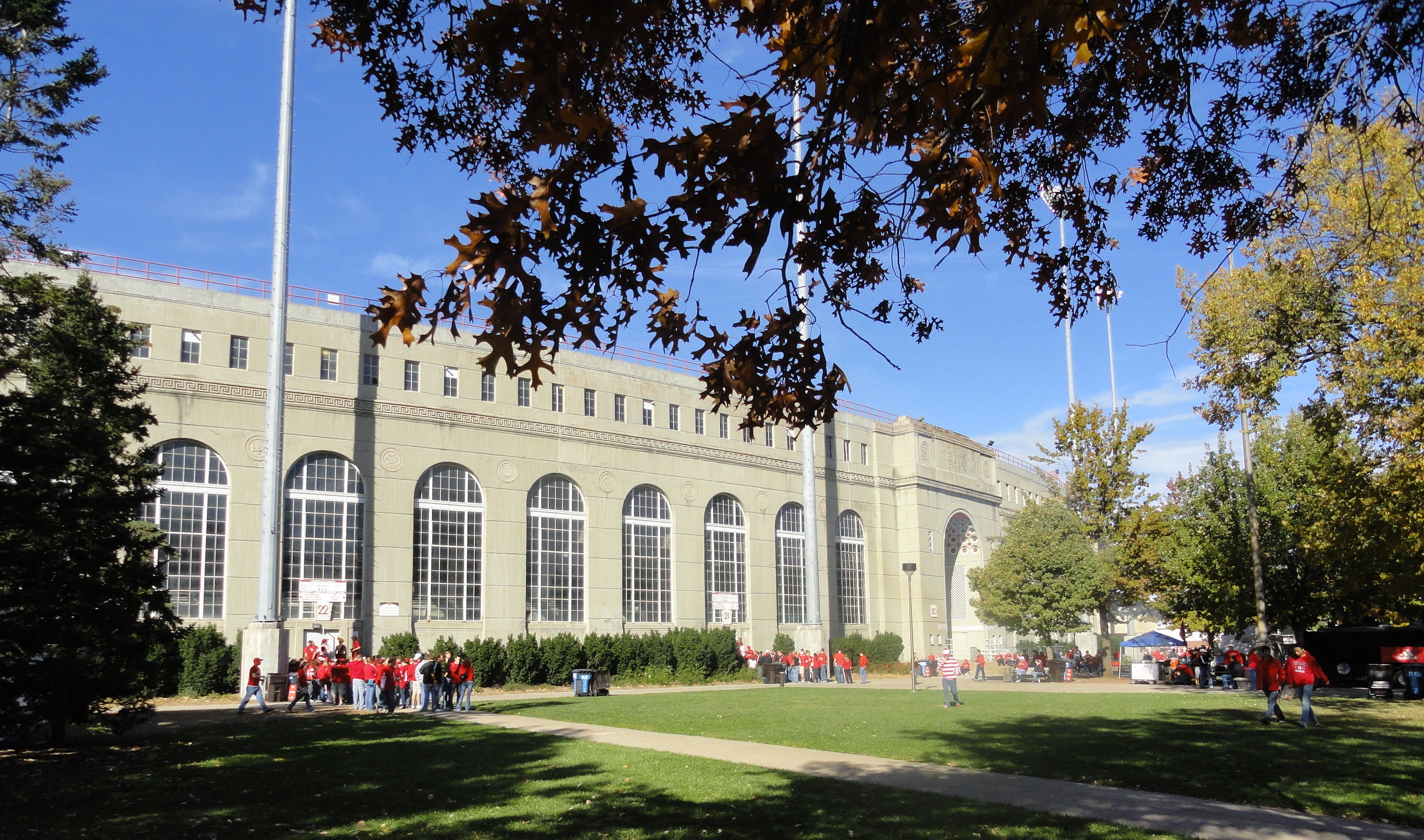13 Hidden Historical Sites in America More Fascinating Than Mount Rushmore
When one thinks of iconic American landmarks, Mount Rushmore often comes to mind, its colossal presidential visages etched into the Black Hills of South Dakota. Yet, the United States is a tapestry of history, woven with sites that, while lesser-known, offer profound narratives and captivating charm. These sites, often overshadowed by the grandeur of more famous landmarks, hold stories of innovation, resilience, and cultural evolution. This article embarks on a journey to 13 such historical gems, each surpassing the allure of Mount Rushmore in its own unique way. By delving into these sites, we uncover layers of American history that are rich with intrigue and significance.
1. Cahokia Mounds: Echoes of a Pre-Columbian Metropolis
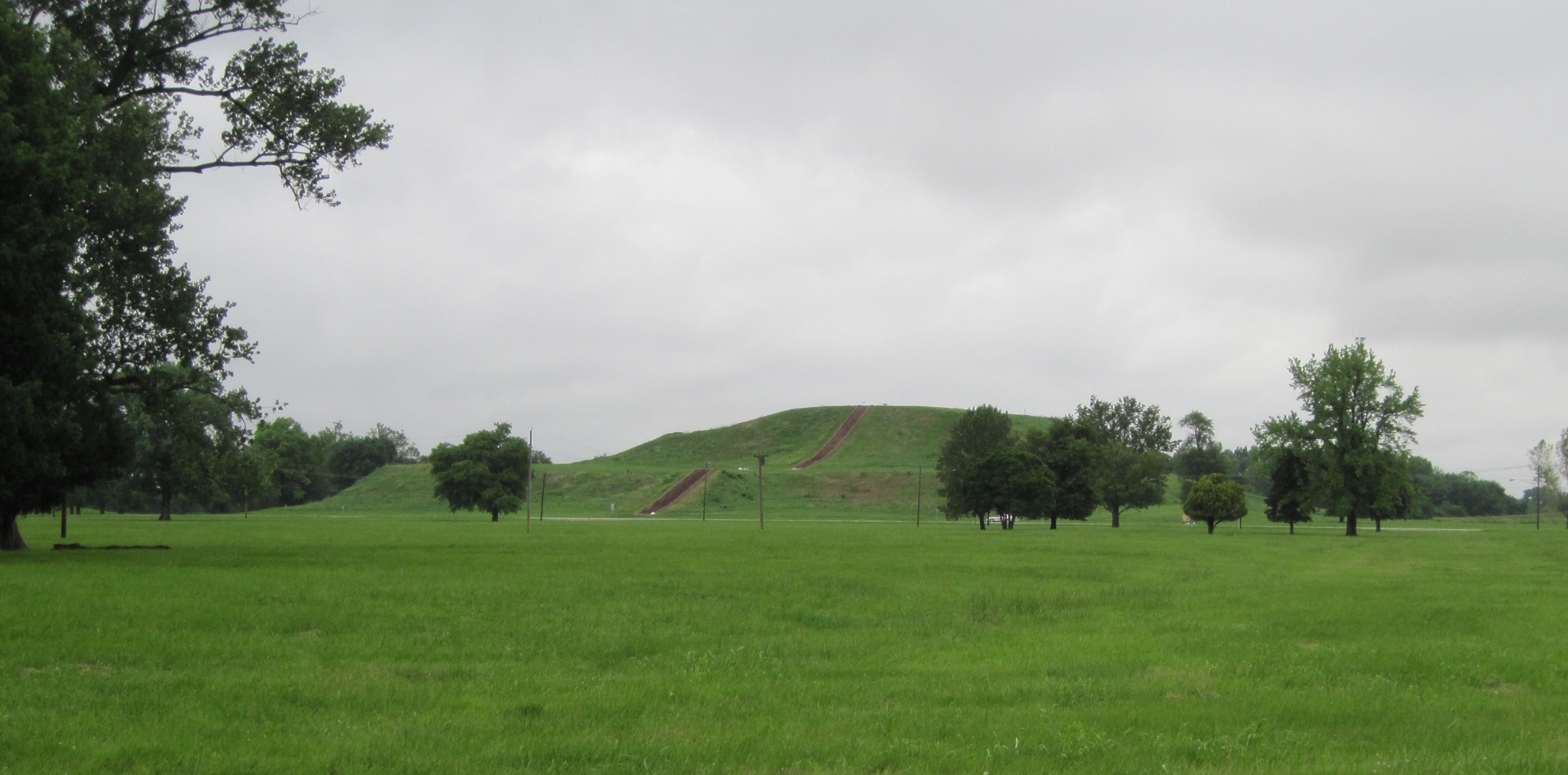
Located in Illinois, the Cahokia Mounds State Historic Site marks the remnants of the most sophisticated prehistoric native civilization north of Mexico. At its zenith, around A.D. 1050-1200, Cahokia was home to a population exceeding 20,000, making it one of the largest cities in the world at the time. The site includes approximately 80 mounds, the largest being Monks Mound, which rises 100 feet and covers 14 acres. This ancient metropolis reflects a complex society with a structured government, trade networks, and religious practices. Its decline remains a mystery, adding to the allure and curiosity surrounding this historic site.
2. The Serpent Mound: Mysteries of Ancient Earthworks
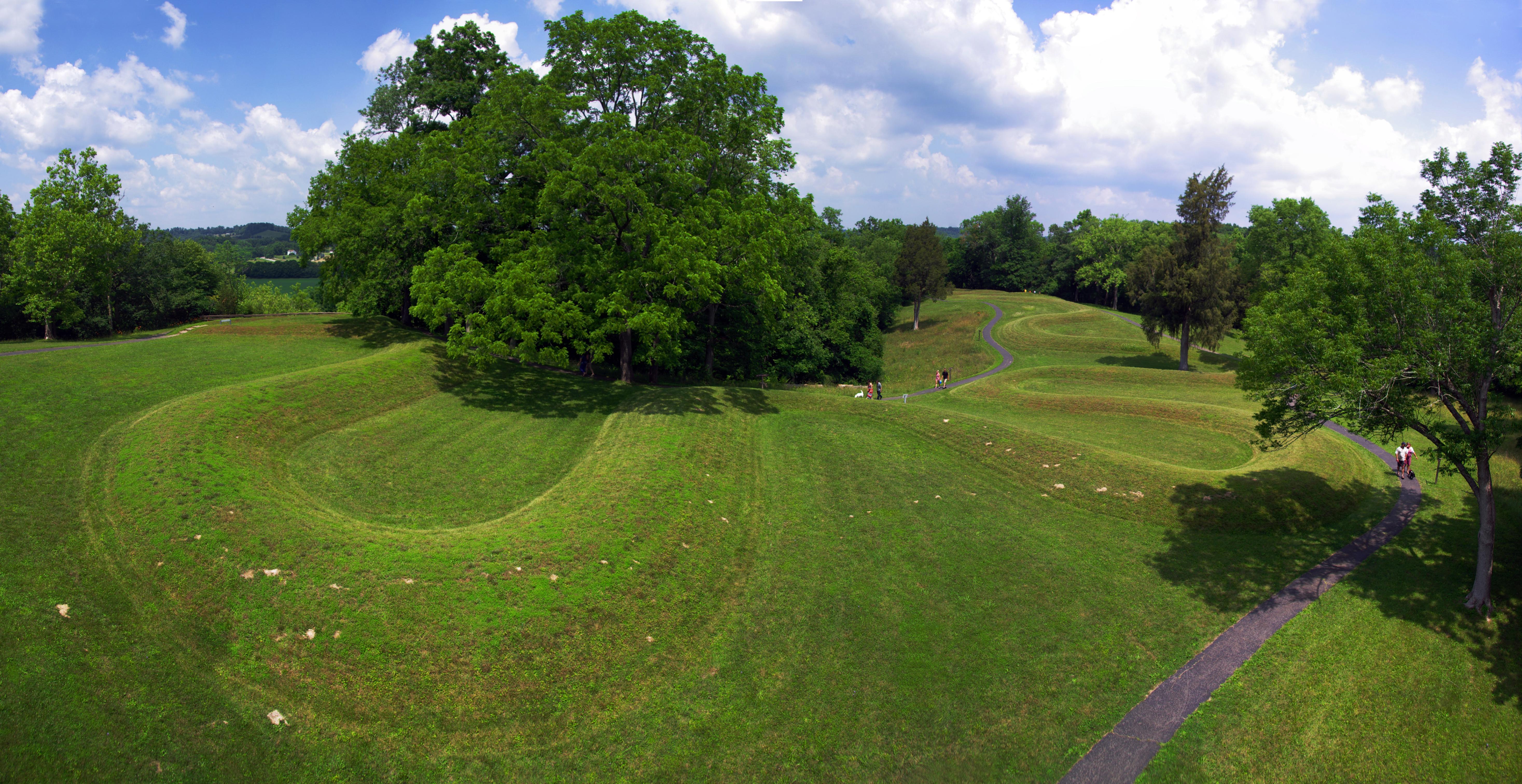
In the rolling hills of Southern Ohio lies the Serpent Mound, an effigy mound that stretches over 1,300 feet, shaped like a serpent with a coiled tail. This prehistoric site is believed to have been constructed by the ancient Adena culture around 1000 B.C., although some theories suggest it was built by the Fort Ancient culture around 1070 A.D. The mound’s purpose remains speculative, with theories ranging from it being an astronomical calendar to a ceremonial site. Its precise construction and alignment with celestial events speak to the advanced understanding of astronomy by its builders, offering a glimpse into the ingenuity of ancient Native American cultures.
3. Mesa Verde National Park: Cliff Dwellings of the Ancestral Puebloans
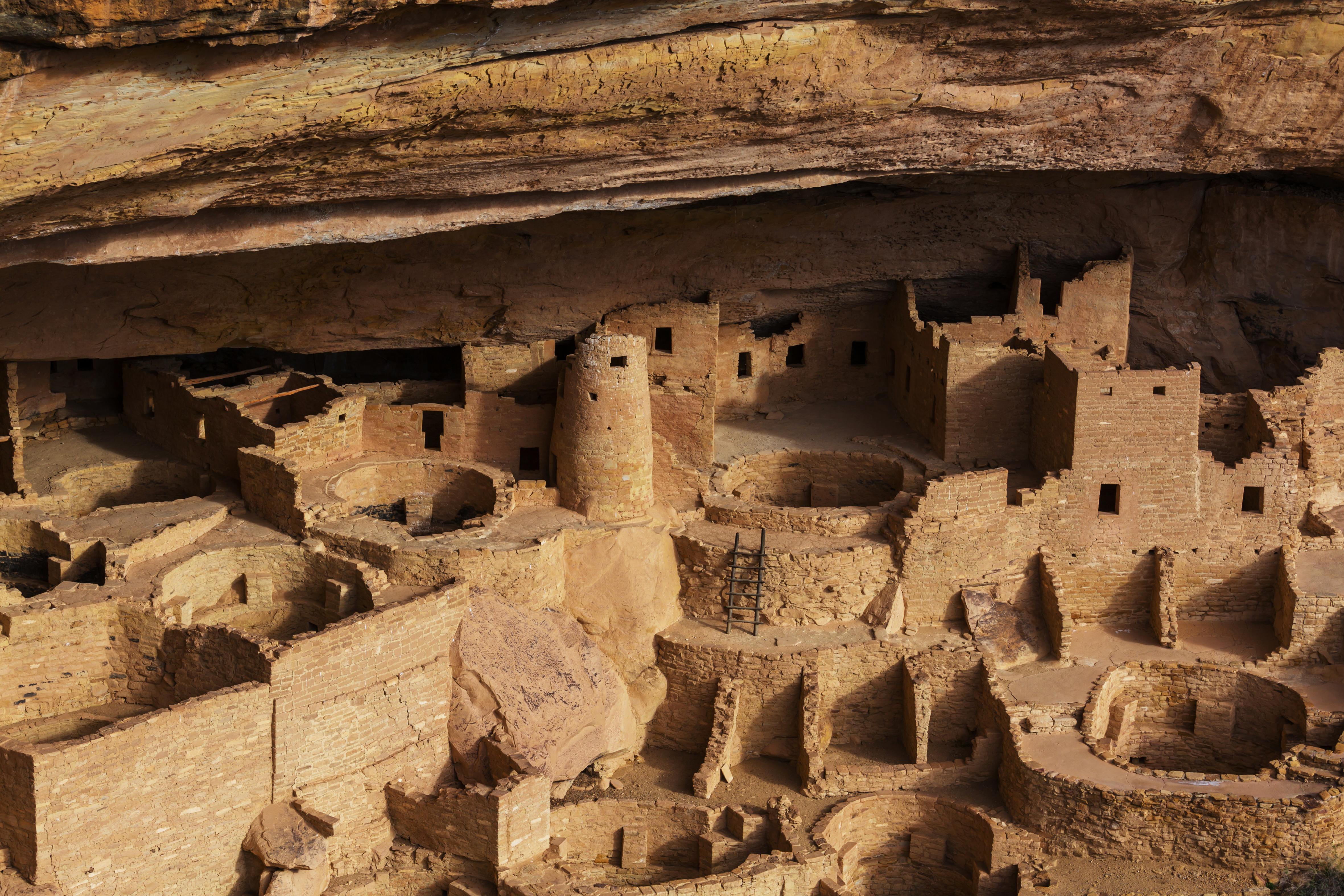
Mesa Verde National Park in Colorado is home to some of the best-preserved Ancestral Puebloan cliff dwellings in North America. These structures, built into the alcoves of sandstone cliffs, were occupied from the 6th to the 12th centuries. Cliff Palace, the largest dwelling, contains over 150 rooms and 23 kivas, ceremonial structures used for religious rituals. The park provides insights into the daily lives, architectural prowess, and cultural practices of the Ancestral Puebloans. The abandonment of these dwellings in the late 13th century is still a topic of research, drawing visitors intrigued by the mysteries of this ancient civilization.
4. The Lost Colony of Roanoke: An Unsolved American Enigma
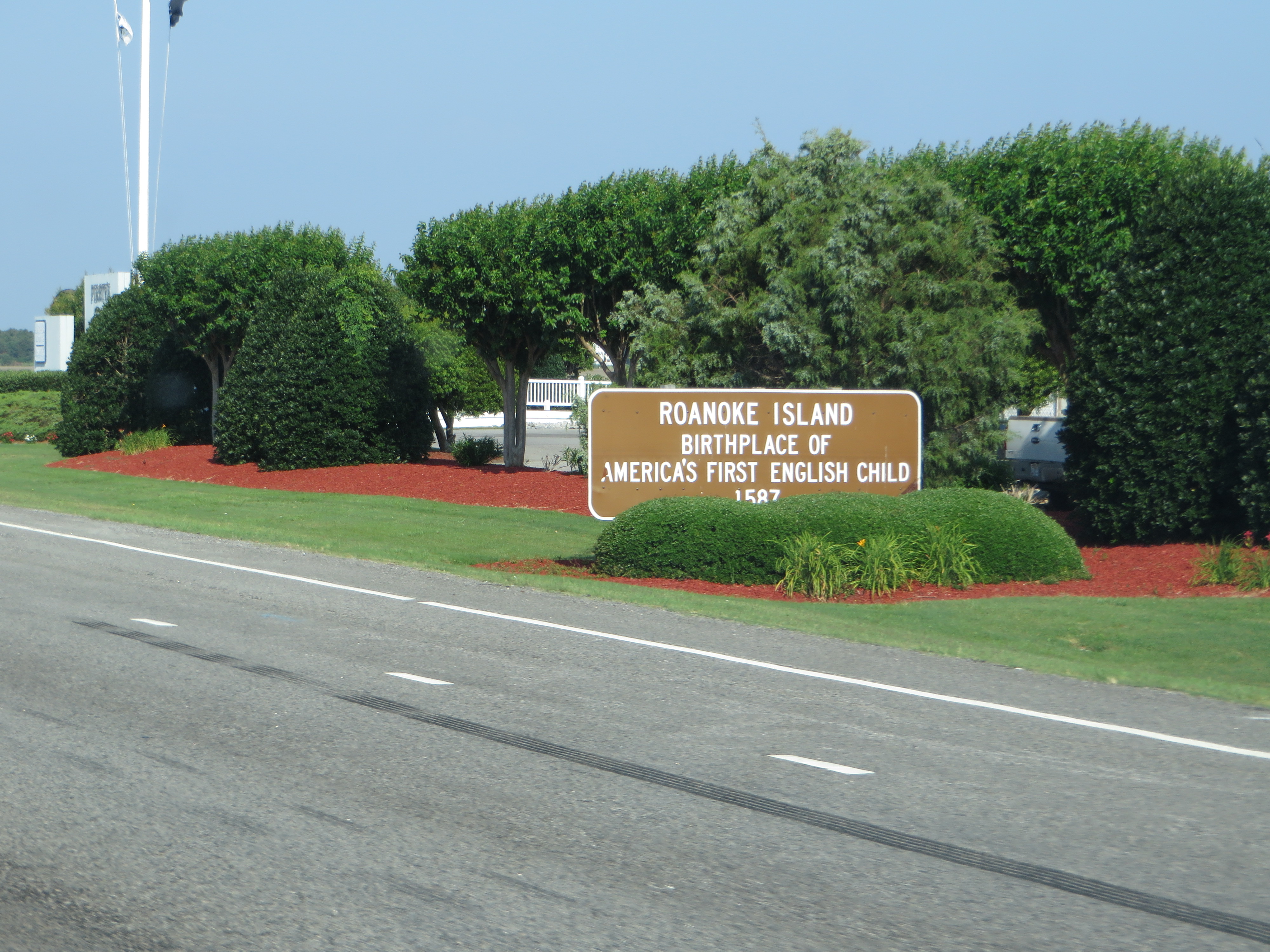
The tale of the Lost Colony of Roanoke remains one of America’s oldest unsolved mysteries. Established in 1587 on Roanoke Island, North Carolina, this English settlement vanished without a trace by 1590, leaving behind only the cryptic word “CROATOAN” carved into a post. Theories about the settlers’ fate range from assimilation with local tribes to relocation or demise due to disease or starvation. This site invites exploration not only for its historical significance as the first English colony in the New World but also for the enduring mystery that continues to captivate historians and amateur sleuths alike.
5. The Battle of Little Bighorn: A Turning Point in Native American History

The Battle of Little Bighorn, also known as Custer’s Last Stand, took place in 1876 in present-day Montana. This pivotal conflict saw the combined forces of the Lakota, Northern Cheyenne, and Arapaho tribes defeat the 7th Cavalry Regiment of the United States Army, led by Lieutenant Colonel George Armstrong Custer. The site, now preserved as Little Bighorn Battlefield National Monument, serves as a testament to Native American resistance and the struggle to preserve their way of life against encroaching settlers. Visiting this site offers a somber reflection on the complex and often tragic interactions between Native Americans and European settlers.
6. The Historic Jamestowne: The Birthplace of America

Jamestowne, Virginia, is the site of the first permanent English settlement in America, founded in 1607. This historic site offers a glimpse into the early struggles and triumphs of the settlers, including interactions with the Powhatan Confederacy. Archaeological excavations have unearthed artifacts that reveal the harsh realities of early colonial life, including evidence of the “Starving Time” winter of 1609-1610. The site also includes the remains of the original James Fort and a reconstructed 17th-century church. Jamestowne’s history is a testament to the perseverance and adaptability of the early settlers, setting the stage for the development of the United States.
7. The Underground Railroad: Pathways to Freedom
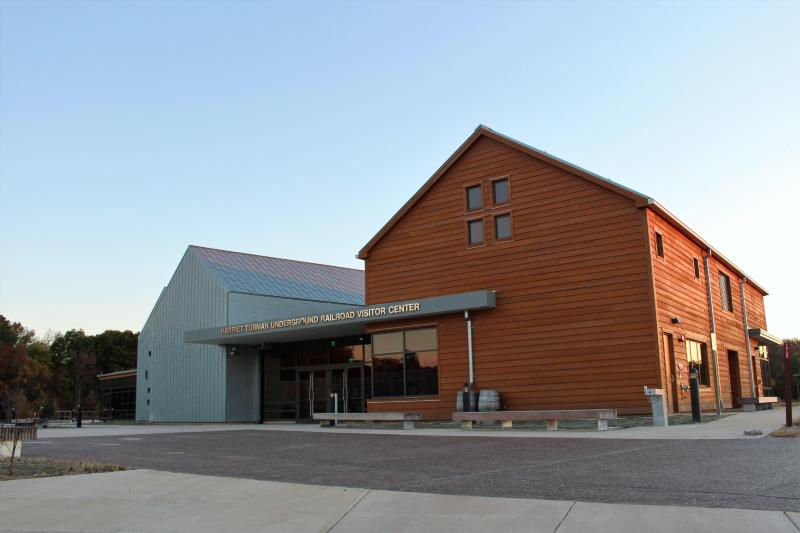
The Underground Railroad was a clandestine network of routes and safe houses that helped enslaved African Americans escape to freedom in the North and Canada during the 19th century. Sites like the Levi Coffin House in Indiana and the Harriet Tubman Underground Railroad National Historical Park in Maryland provide tangible connections to this critical chapter in American history. These sites honor the bravery of those who sought freedom and the individuals who risked their lives to assist them. Visiting these locations offers a powerful reminder of the enduring human spirit and the fight for justice and equality.
8. The Alamo: A Symbol of Texan Independence
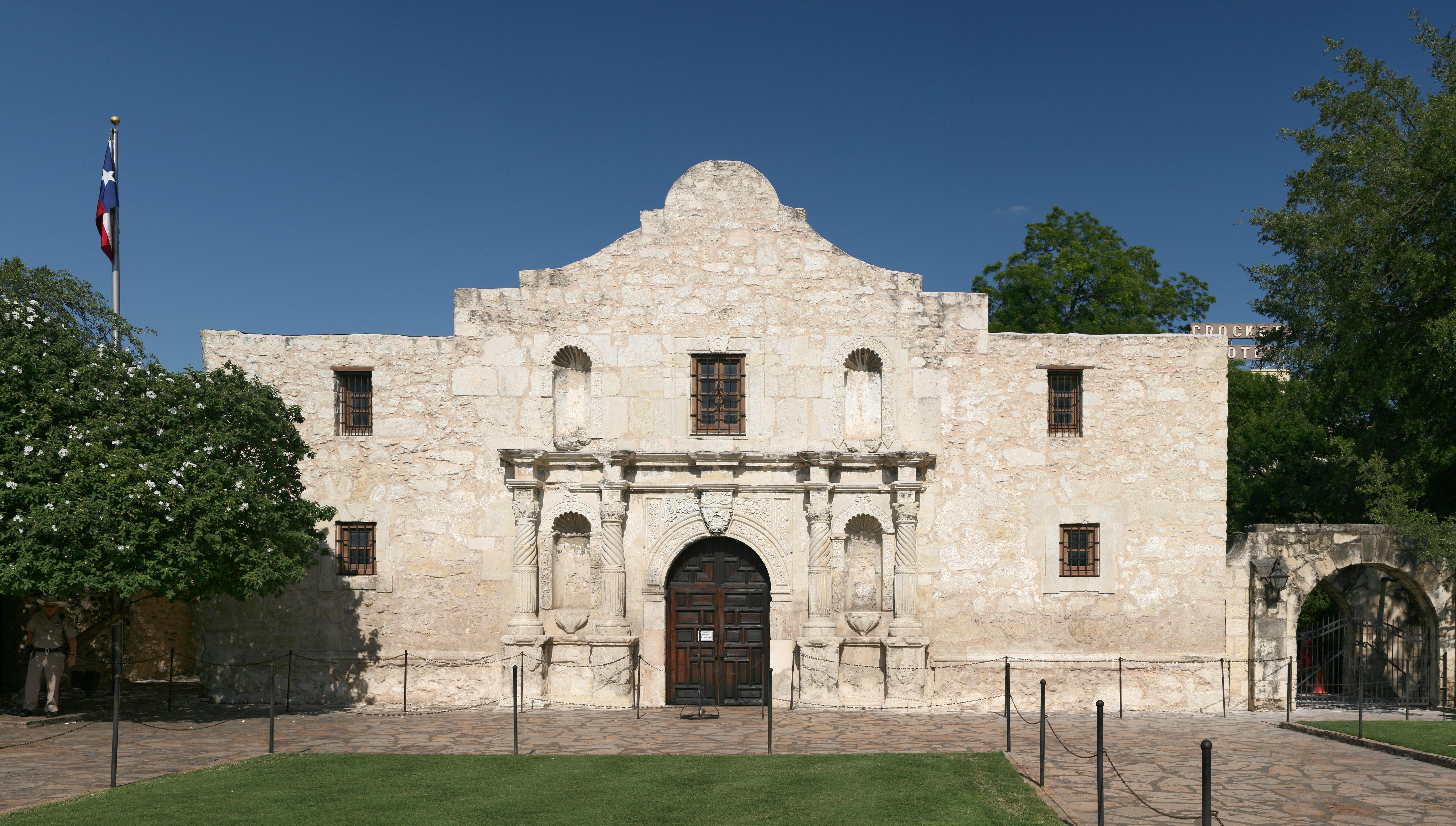
The Alamo, located in San Antonio, Texas, is a historic site that symbolizes the fight for Texan independence from Mexico. The 1836 Battle of the Alamo, where a small group of Texan defenders held out against a much larger Mexican army for 13 days, is etched into the American consciousness. Though the defenders ultimately fell, their sacrifice inspired others to join the fight, leading to Texas’ eventual independence. The Alamo stands as a tribute to the courage and determination of those who fought for freedom, and its preservation allows visitors to reflect on the complex history of Texas and its path to becoming part of the United States.
9. Ellis Island: Gateway to the American Dream

Ellis Island, located in New York Harbor, served as the primary immigration station for the United States from 1892 to 1954. Millions of immigrants passed through its halls, seeking a new life in America. The Ellis Island National Museum of Immigration preserves the stories of these individuals, showcasing artifacts, photographs, and personal narratives that highlight the diverse backgrounds and experiences of those who arrived. The island is a symbol of hope and opportunity, representing the melting pot of cultures that have shaped the nation. Visiting Ellis Island offers an opportunity to reflect on the immigrant experience and the enduring impact of immigration on American society.
10. The Freedom Trail: Walking Through Revolutionary History
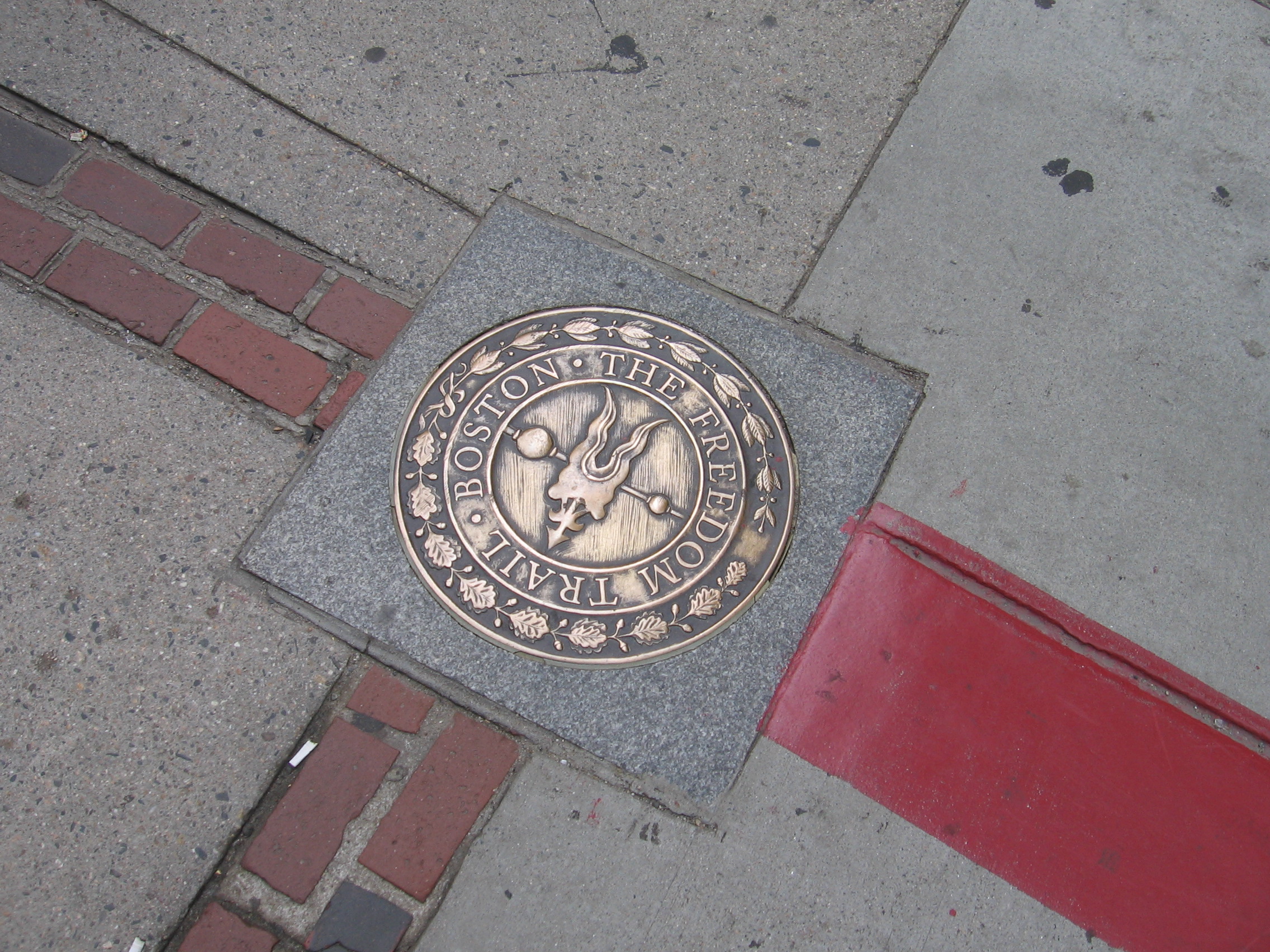
The Freedom Trail in Boston, Massachusetts, is a 2.5-mile route that connects 16 historically significant sites related to the American Revolution. From the Boston Common, America’s oldest public park, to the site of the Boston Massacre and the Old North Church, where the famous “One if by land, two if by sea” signal was sent, the trail offers a comprehensive journey through the events that sparked the nation’s fight for independence. Walking the Freedom Trail provides an immersive experience, allowing visitors to step back in time and explore the rich history of the American Revolution in the very places where it unfolded.
11. The Tuskegee Airmen National Historic Site: Pioneers of the Sky
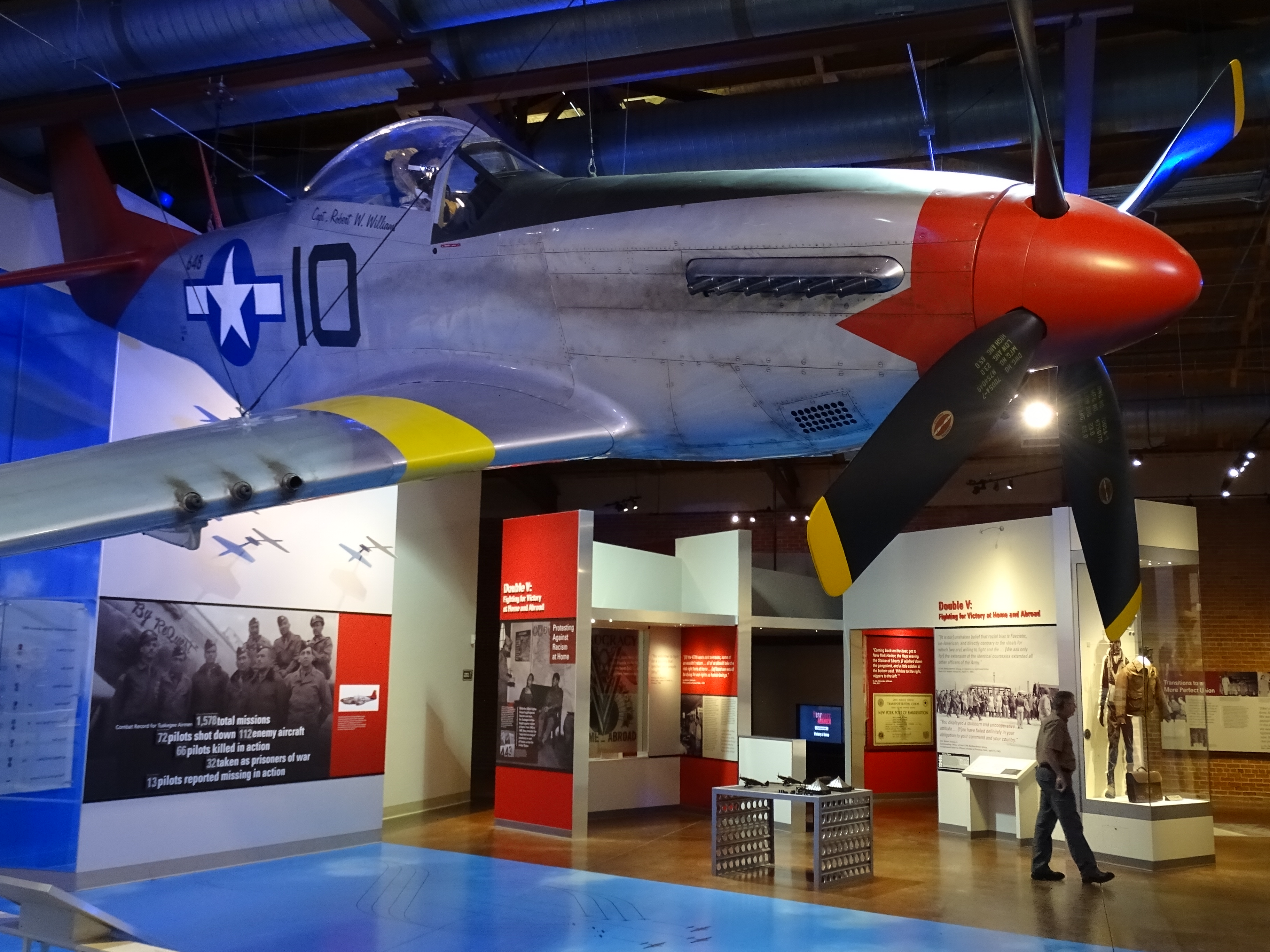
The Tuskegee Airmen National Historic Site in Alabama commemorates the first African American military aviators in the United States Armed Forces. During World War II, these pilots overcame racial discrimination to serve with distinction, earning respect and recognition for their contributions to the war effort. The site includes the original airfield, hangars, and training facilities where the Tuskegee Airmen honed their skills. It stands as a testament to their courage, perseverance, and the breaking of racial barriers in the military. This site stands in the honor of their legacy and encourages the visitors to reflect on the ongoing struggle for equality and civil rights.
12. The Selma to Montgomery National Historic Trail: A Journey for Voting Rights
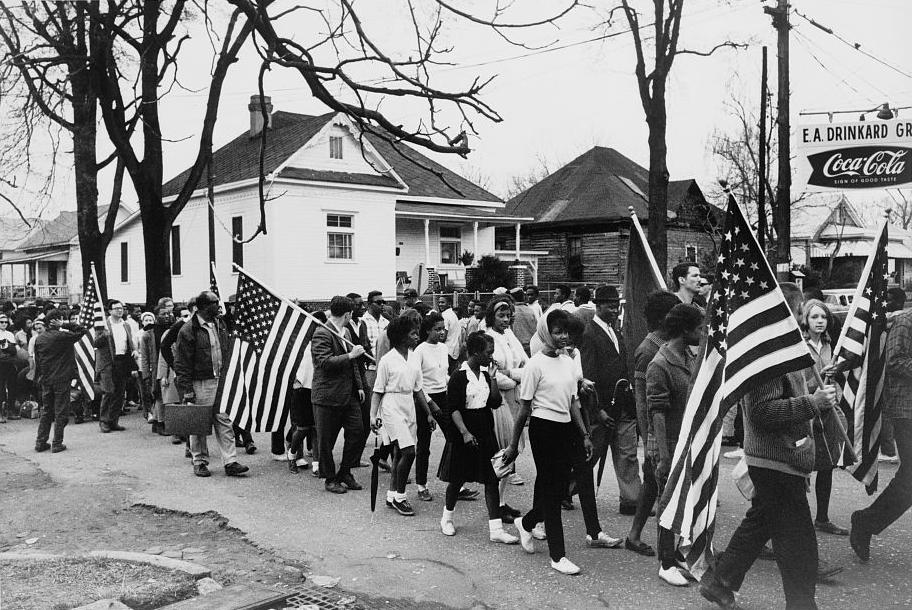
The Selma to Montgomery National Historic Trail commemorates the 1965 voting rights marches in Alabama, a pivotal moment in the Civil Rights Movement. The trail follows the 54-mile route taken by protesters, including the infamous Edmund Pettus Bridge, where marchers were brutally attacked by law enforcement on “Bloody Sunday.” The trail and its associated sites, such as the Selma Interpretive Center and the National Voting Rights Museum, serve as reminders of the struggle for civil rights and the ongoing fight for voting equality. Walking this trail offers a powerful connection to the past and the enduring legacy of those who fought for justice.
13. The Manzanar National Historic Site: Remembering Japanese American Internment
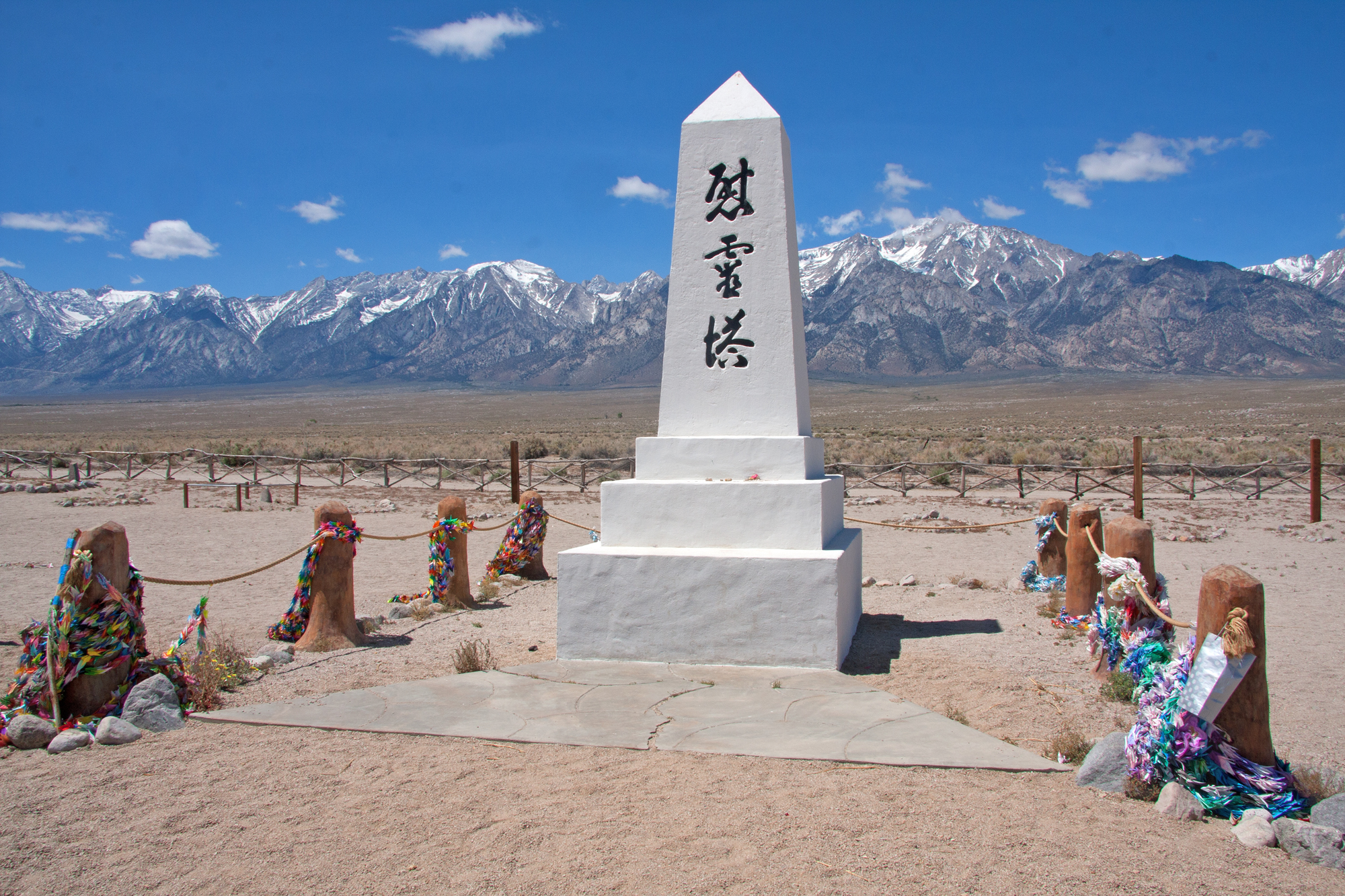
Manzanar National Historic Site in California preserves the history of one of ten camps where Japanese Americans were forcibly interned during World War II. Over 10,000 individuals, many of whom were American citizens, were held at Manzanar under harsh conditions. The site includes reconstructed barracks, a mess hall, and a cemetery, along with exhibits that tell the stories of those who lived there. Manzanar serves as a poignant reminder of the consequences of prejudice and the importance of protecting civil liberties. Visiting this site encourages reflection on this dark chapter in American history and the resilience of those who endured it.
As we conclude our journey through these lesser-known historical sites, it becomes evident that America’s history is rich and multifaceted. Each site offers unique insights into the nation’s past, revealing stories of innovation, courage, and resilience. These locations, often overlooked, provide a deeper understanding of the diverse narratives that have shaped the United States. By exploring these hidden gems, we gain a greater appreciation for the complexities of American history and the enduring spirit of those who lived it. In doing so, we find that these sites, in their quiet grandeur, surpass even the most iconic landmarks in their ability to captivate and inspire.



